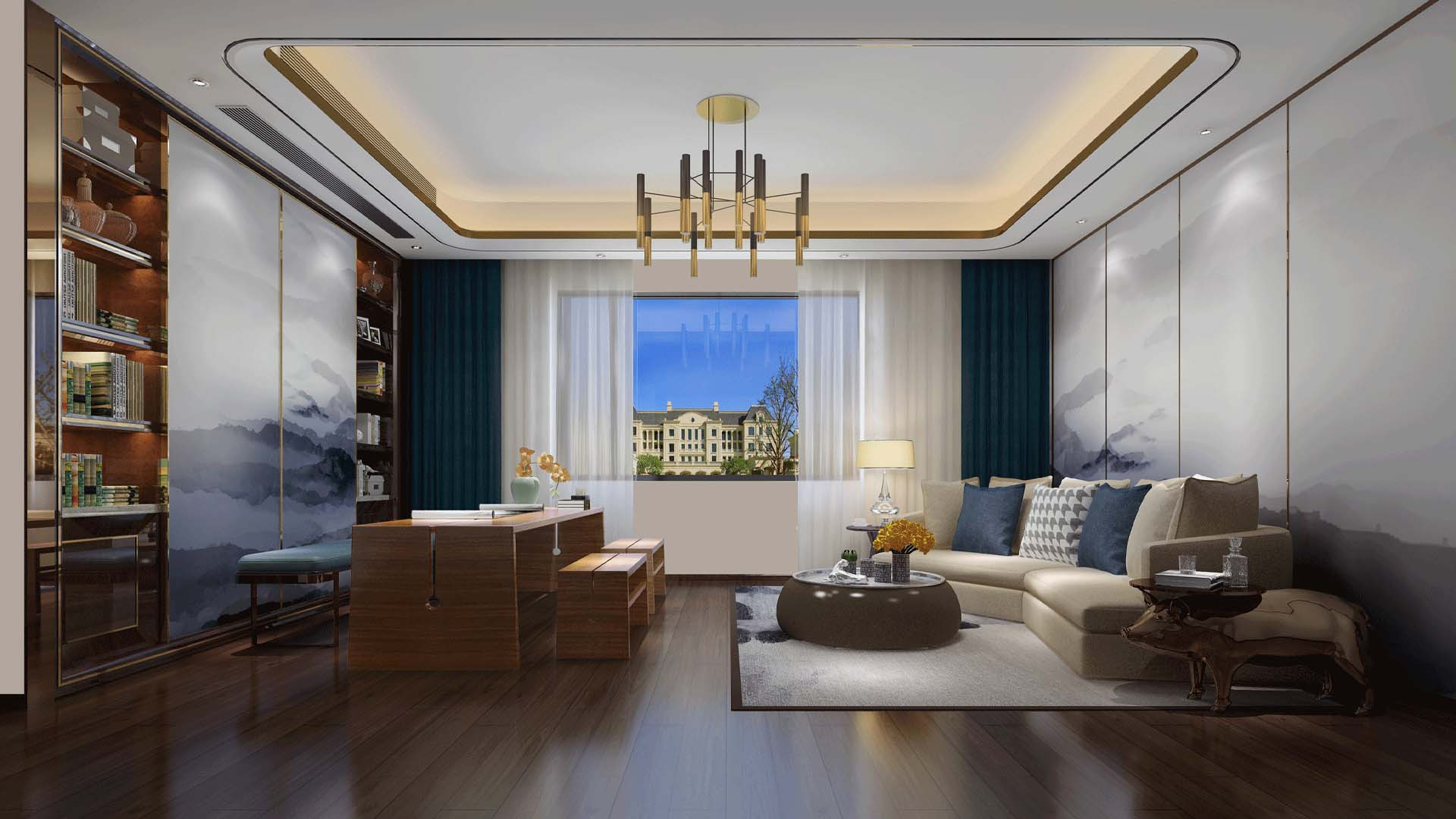Color plays a significant role in shaping the mood and atmosphere of interior spaces. By understanding the principles of color psychology, homeowners can harness the power of color to evoke emotions, create visual interest, and enhance the overall ambiance of their homes. In this article, we'll delve into the psychology of color and explore how different hues can be used to transform your home interiors.
1. Warm Colors
Warm colors such as red, orange, and yellow are known for their energetic and stimulating qualities. These hues can create a sense of warmth, intimacy, and vibrancy in interior spaces, making them ideal for areas where socialization and activity are encouraged. Use warm colors in living rooms, dining areas, and kitchens to promote conversation, appetite, and energy.
2. Cool Colors
Cool colors such as blue, green, and purple have a calming and soothing effect on the mind and body. These hues are associated with relaxation, serenity, and tranquility, making them well-suited for bedrooms, bathrooms, and other areas where rest and rejuvenation are priorities. Incorporate cool colors in bedrooms, bathrooms, and reading nooks to create peaceful and harmonious retreats.
3. Neutral Colors
Neutral colors such as white, beige, and gray serve as versatile backdrops that complement any design style or aesthetic. These hues create a sense of balance, simplicity, and timelessness in interior spaces, making them ideal for creating a cohesive and cohesive look throughout your home. Use neutral colors on walls, ceilings, and large surfaces to create a sense of spaciousness and airiness.
4. Bold Accents
Bold accent colors add drama, personality, and visual interest to interior spaces, injecting vibrancy and excitement into your home decor. Whether it's a statement wall in a vibrant hue, a bold area rug, or colorful accessories and artwork, incorporating bold accents can create focal points that draw the eye and add personality to your space. Experiment with different colors and patterns to find combinations that reflect your style and taste.
5. Biophilic Colors
Biophilic colors such as earthy greens, soft blues, and warm browns are inspired by the natural world and evoke a sense of connection to nature. These hues can create a calming and grounding effect in interior spaces, promoting relaxation and well-being. Use biophilic colors in areas with views of nature, such as living rooms, sunrooms, and outdoor spaces, to enhance the sense of harmony and balance between indoor and outdoor environments.
6. Cultural Influences
Color preferences are often influenced by cultural backgrounds, traditions, and experiences. Consider incorporating colors that hold personal significance or cultural symbolism into your home interiors to create spaces that feel meaningful and authentic to you. Whether it's a bold red accent wall, a vibrant patterned rug, or decorative accessories in traditional hues, incorporating cultural influences can add richness and depth to your home decor.
7. Personal Expression
Above all, interior design is a form of self-expression that reflects your personality, interests, and lifestyle. Experiment with different colors, textures, and patterns to create interiors that resonate with you on a personal level. Trust your instincts and choose colors that make you feel happy, inspired, and at home in your surroundings. By infusing your home interiors with your unique sense of style and taste, you can create spaces that are as individual and distinctive as you are.
In conclusion, color psychology plays a crucial role in home interior design, influencing the mood, atmosphere, and emotional response of interior spaces. By understanding the psychological effects of different colors and incorporating them thoughtfully into your home decor, you can create environments that promote well-being, comfort, and personal expression.








